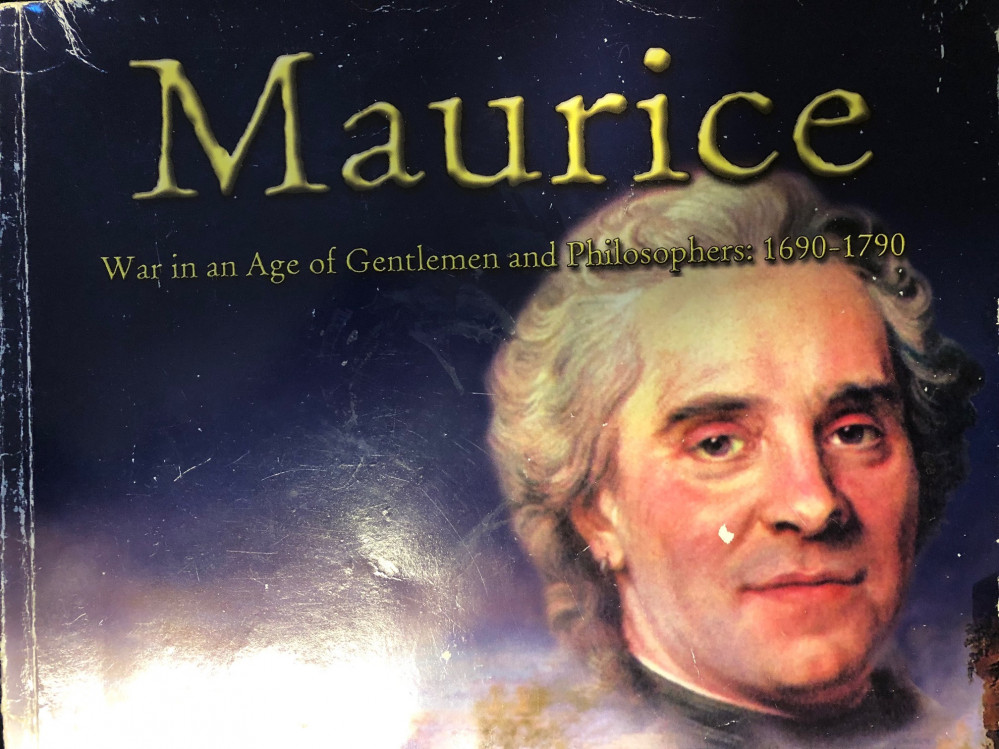
Spring Clean Maurice
Rivers - going with the flow
After my over-enthusiastic start with the roads, I thought doing a little thing first might be a good idea. I think, although the rules state rivers are 30mm wide, that this leaves some scope for making them look more aesthetic and so I again went with 40mm wide strips of mounting board.
But I also wanted to experiment with different approaches t the river banks, and looked at four alternatives. These were: using think cork sheets, just PvA glue, the skewers I used previously for the road hedges, and the bevelled leftover strips from the mounting board.
The cork was cut using a river board edge as a guide, as these were purposefully not cut straight to gives me illusion of a winding river bank. The edge of the cork was broken up with a wax modeling blade to eliminate the straight edge.
These strips were glued to a test piece along with a PvA glue/sawdust mix on one side, and the two other options on a second test strip.
When the glue was set, I painted the ‘banks’ with a dark brown paint (Burnt Umber) and glued only this some flock. The finished river sections all looked pretty much the same to me! So a practical thought was to go with the Skewers as these provided additional strength and should prevent the boards from warping or getting bent during play.
The straight edges were obviously easy to do, but what about the curves and bends? Well, once again I used the skewers, but glued them in place around the bends using a number of smaller pieces. These will be later covered with DAS, so I do not think this weakens the piece, and anyway, gives the DAS something to adhere to.
Painting the river bed came next. Now, we all know that rivers are not actually “blue”, so initially I used some watercolor paints to add some browns, greens, and blues to the board. As watercolors are transparent (note these are NOT acrylics, which dry opaque) the colors underneath show through to some extent.
I played around with these on the test pieces, and will probably do something similar with the final terrain pieces (as it happened I painted the final pieces with an initial paint layer of very light blue acrylics (blue and LOTS of white) as the mounting boards were slightly different colours, so this gave a uniform canvas for the water colours).
So experiments over, I sliced up several straight pieces, and mainly drawing freehand used the natural corners of the picture mounting boards to draw a variety of curves and bends.
These were affixed with skewers and when dry (I used PvA throughout, although I’m sure other glues, or Superglue would also work) I applied DAS to all the edges and worked it in a varied pattern. These are after all supposed to be natural rivers (Not “Formal” rivers – Ben!)
When it came to painting, I decided that the base “ground” for the rivers would be a much lighter tone and rather than using the deep brown from my original experiment, I chose Ochre. On reflection, perhaps that well TOO yellow, but at the end of the day, I can always darken it with some additional color if I think this is required.
Once dried, various flocks were added. These I made myself from very fine sand I collected from a. beach holiday which was “cooked” in the oven for an hour (to eliminate any possible bacteria etc. and colored by storing in acrylic paints until it was all absorbed. This produced an extremely small end product, which in terms of the scale appeared fine.
The rivers were painted in a haphazard was with greens, browns and blues.
The final pictures shows the road and river sections in a totally random layout. Of course in reality a war-games table will have a simpler layout, but the additional short pieces means that a real “meandering” river is possible.
These can also be used as “streams” for larger scale – e.g. 30mm Bolt Action, which is another period I game in, so mutual benefit.
Thanks for reading, and happy gaming. Coming next – Hills









































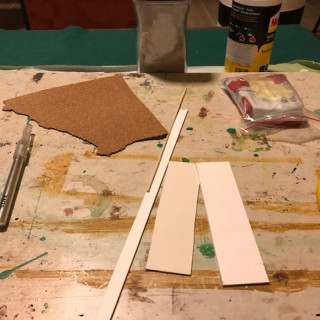
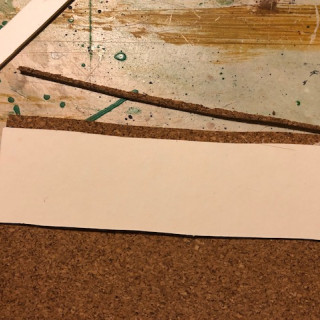

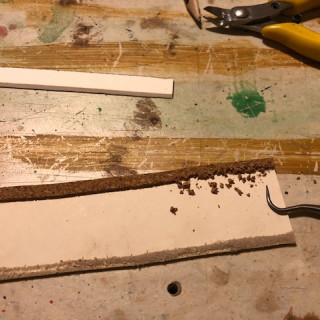


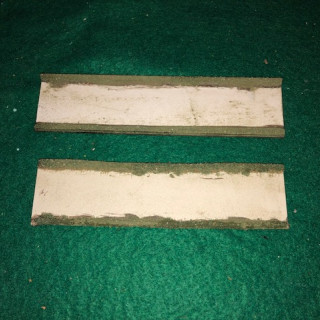
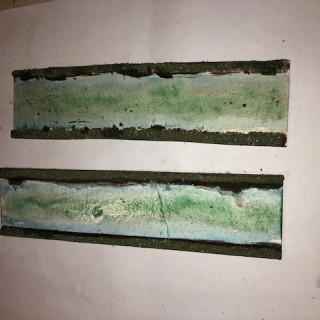
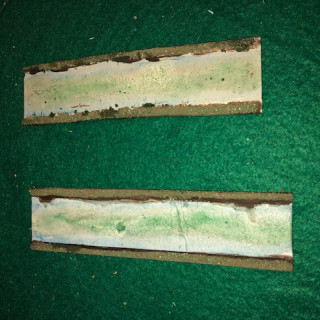
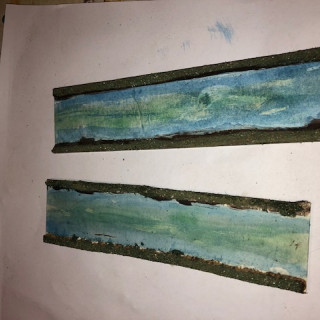
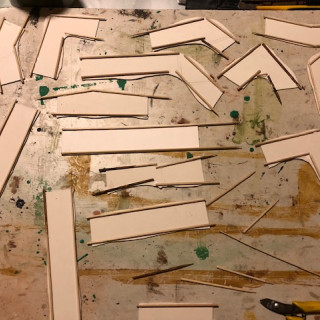
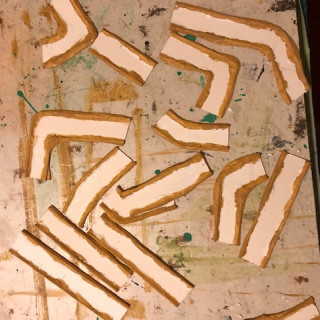
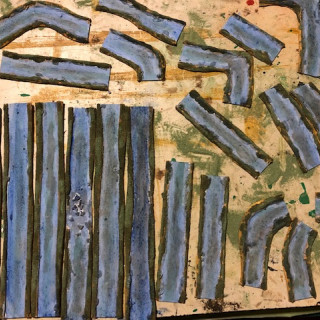
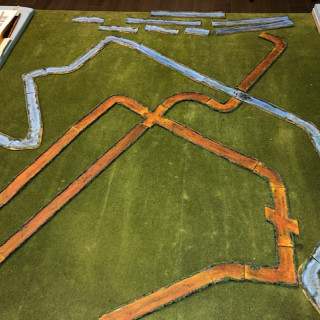
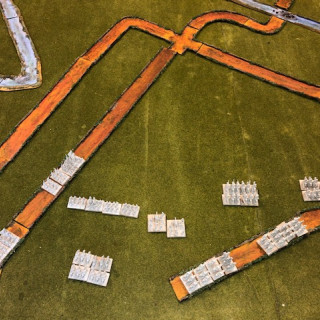
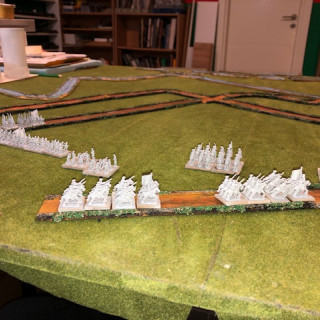

































Leave a Reply